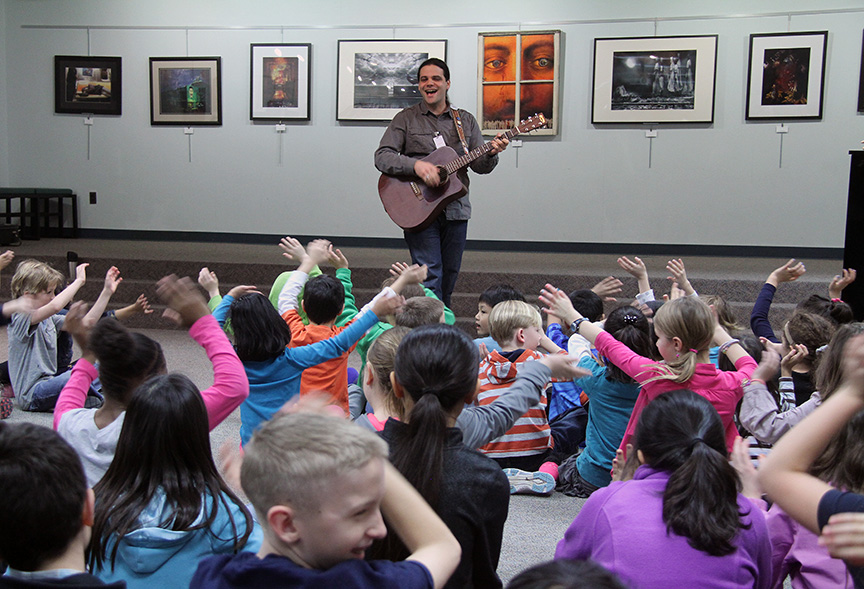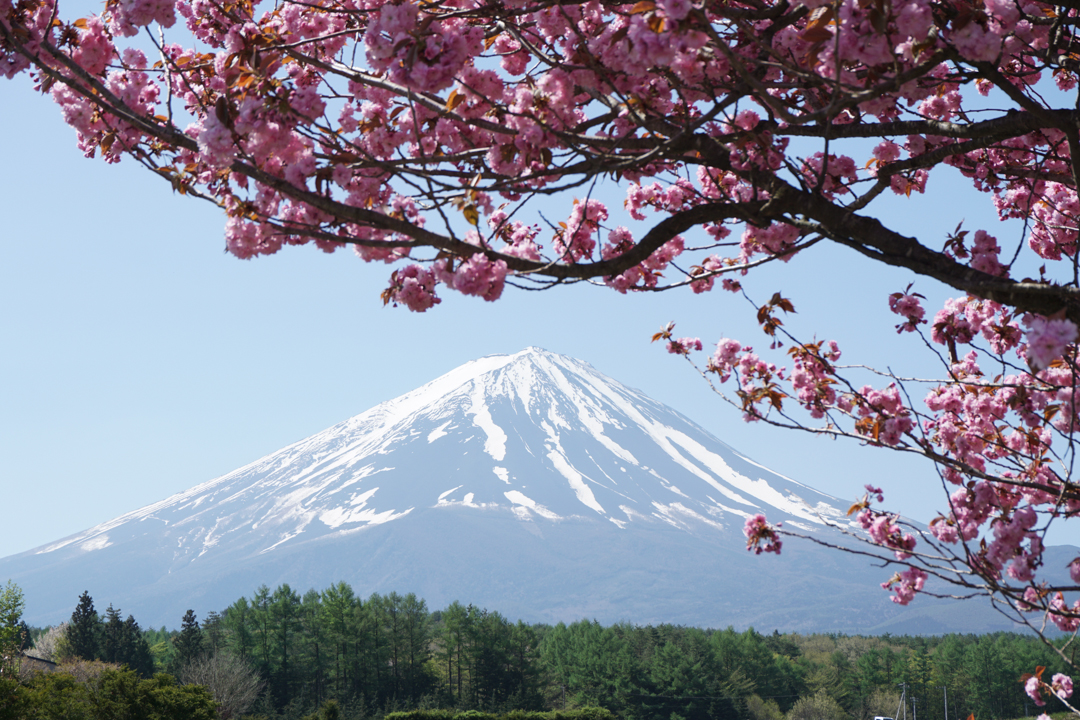Mindful Songwriting with Children
By Joe Reilly

Where do songs and music come from? I ask this question to the many groups of children with whom I have the privilege of working as a singer and songwriter. Over the past several years, I’ve facilitated songwriting workshops with groups of young people in schools,
Mindful Songwriting with Children
By Joe Reilly

Where do songs and music come from? I ask this question to the many groups of children with whom I have the privilege of working as a singer and songwriter. Over the past several years, I’ve facilitated songwriting workshops with groups of young people in schools, classrooms, churches, temples, and community centers. I find much joy in this work and receive happiness and inspiration from the children as together we access a deep source of creative energy.
I invite the children to close their eyes and to find their heartbeat with their hands. I explain how this rhythm is within us all day and night, even when we’re asleep, circulating our blood and providing our own personal drumbeat. I explain that the cycle of our breath creates another continuous rhythm inside us that sustains our lives. Our breath supports our voices for singing, speaking, and rapping. Sometimes these heartbeat and breathing rhythms speed up or slow down, but we can become aware of the rhythms and notice them as they change or stay the same. Of course, we often get distracted by electronic devices such as cell phones, the Internet, video games, and television, and forget to pay attention to our breath.
I explain how I, too, am often distracted, and need help to stop and listen to places where music and songs come from: my heart, my mind, my breath, and the world around me. I introduce the bell as a friend who helps me to pause and pay attention. When I am aware of my breath and my heartbeat, I sometimes receive a wonderful seed of a song and begin to sing, hum, or write. With a little more mindfulness and patience, the song begins to grow and develop.
Sitting together in a circle, we take a moment to straighten our backs, close our eyes, and listen to the sound of the bell. I invite the children to put their hands on their bellies and follow their in-breath and out-breath for as long as they can hear the sound. Sometimes I ask them to imagine someone they love or something that makes them happy. After we listen to the bell a few times, the group energy becomes calm and focused, and we’re ready to share ideas for our song.
I ask open-ended questions and record the children’s responses verbatim. As each child has a turn to share ideas, it provides opportunities for the children to really hear one another. I remind them how important it is to listen to each other, especially when we are writing a song.
I encourage the kids to be brave and to share ideas for melodies and rhythms. They may clap, tap, hum, or sing their contributions as I record them. This requires healthy risk-taking and vulnerability that takes courage to attempt in front of others. Typically, the entire group sits silent for a while until one brave child hums or taps their idea, which gives permission for others to do the same. Soon the entire circle is abuzz with musical energy and the song begins to take shape.
These words, rhythms, and melodies form the seed of our song. We cultivate the seed into a full-grown composition, which then takes on a life of its own. It takes patience as we continue to listen to ourselves and one another, giving our song more growth. When we’re finished writing, we often share the song through a performance and/or recording. This is a wonderful gift for the young songwriters to offer to their peers and families, as it contains reflections and energy from their hearts and minds.
Sharing my songwriting process with children is also a way for me to share the practice of mindfulness with them. In my life, these art forms inter-are. I can help water seeds of mindfulness, hope, and creativity in children while watering the same seeds in myself. The songs help us return to our true home, and the practice of stopping and listening, of paying attention to our breath and to our experiences, gives us direct and infinite access to beautiful music.
Joe Reilly, True Ocean of Grace, is a singer, songwriter, and social worker who lives in Ann Arbor, Michigan. He was ordained into the Order of Interbeing in 2011. Find his music online at www.joereilly.org.

